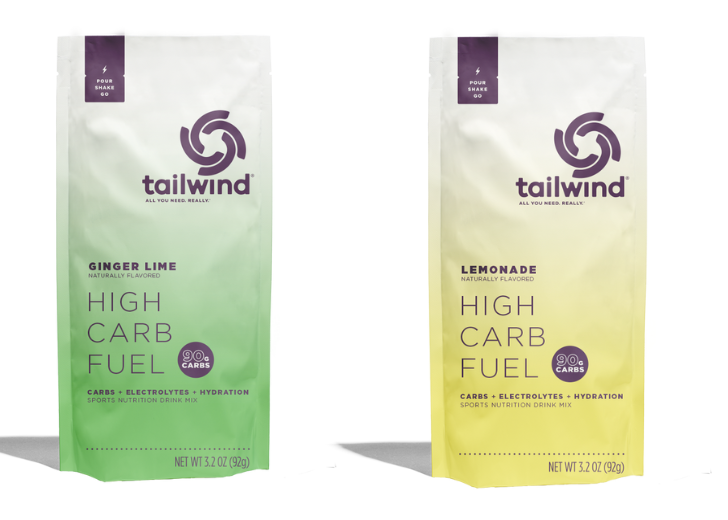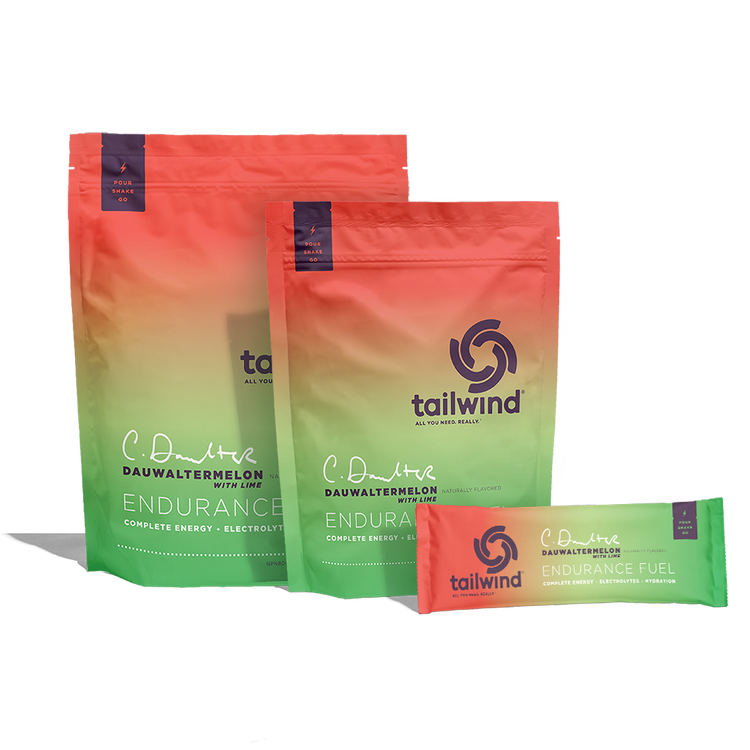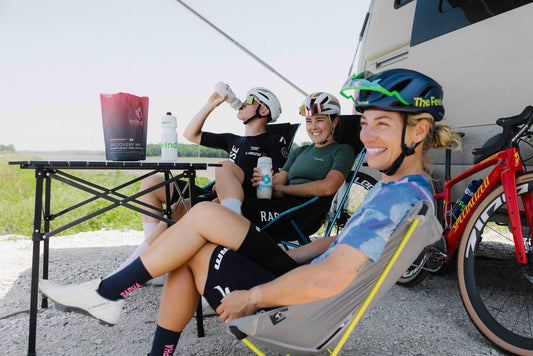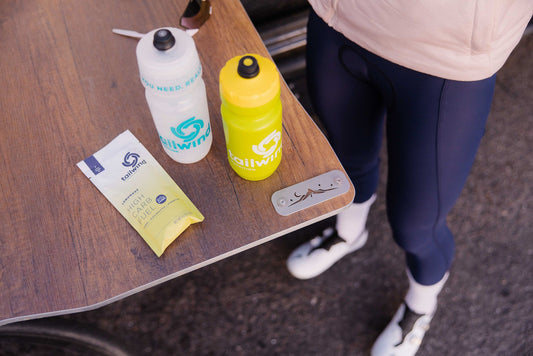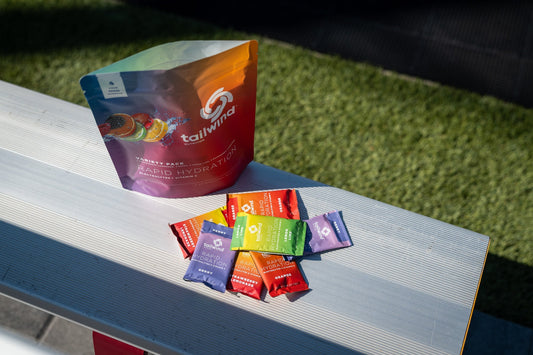Osmolality and the Glucose Transport Mechanism
0 Comments
What is Osmolality? Let’s go back to Biology 101. Osmosis is defined as the movement of a solvent, like water, through a semi-permeable membrane, such as the gut wall, from a less concentrated solution to a more concentrated one. If, for example, you had water on both sides of a membrane, there would be no net flow from one side to the other and the two solutions would be considered isotonic. During digestion, large quantities of water are secreted into the small intestine in response to osmotic gradients. When large particles of food, such as protein and starch, are digested into thousands of smaller particles, such as maltose, glucose and amino acids, the concentration of particles increases dramatically in our gastric fluids. In other words, the osmolality of the gastric solution increases dramatically and becomes hypertonic. This causes water to be pulled from the blood into the intestine. Then as glucose and fructose molecules are absorbed through the gut wall and into the blood, the concentration of particles in the intestinal solution decreases until it becomes hypotonic (less concentrated than the blood). This low osmolality of the gastric fluids causes a flow of water into the blood. Osmolality of Fuel The purpose of endurance fuel is to tackle the two main causes of fatigue – the depletion of the body’s carbohydrate stores and dehydration. But a fuel is only effective if it promotes voluntary fluid intake, gastric emptying, and rapid absorption – and endurance fuel is dependent on its composition to be able to do this. Here’s the rub, the higher the concentration of carbs in a drink, the more hypertonic it becomes, which makes it hard to absorb the water from the drink. It slows the time it takes for the drink to empty from the stomach and slows the time it takes for the fuel to be absorbed in the intestine. For this reason, decades of research have been conducted to try and discover ways of maximizing carbohydrate delivery while not compromising water absorption. Another Transport Mechanism The good news is that there is another way that fluid is moved through the intestinal wall and into the bloodstream. There are several proteins in the intestinal wall that actively transport glucose and fructose molecules from inside of the intestines into the bloodstream. When this happens, sodium and water go along for the ride. A group of researchers in Iowa showed that it is not only important to take into consideration the osmolality of sports drinks, but to also take into consideration the types of carbs that are put into the formula. In other words, it’s not just about the concentration of carbs, but also about the variety of carbs used. Fuel that includes simple sugars that use at least two different transport carrier proteins – such as glucose and fructose – allows for more absorption of fluid than a fuel that uses only one type of carbohydrate. There is a lot of misinformation around drinks needing to be at a 4-6% carbohydrate concentration. But the Iowa researchers showed that osmolality is not the most important characteristic governing water absorption in the small intestine when multiple simple sugars are present. In fact, you can go up to a 8% concentration before impacting fluid absorption. Tailwind’s Formula Tailwind’s fuel gives you the most bang for your buck, because it contains several simple sugars at just the right concentration to allow for maximum fluid absorption and maximum carbohydrate absorption. It is specifically designed for endurance athletes to be able to give it their all hour after hour. Plus, since Tailwind only has simple sugars, like glucose and fructose, they do not need to be digested and instead get absorbed quickly and easily into the bloodstream, avoiding GI distress. Sources: Costill D. L. Gastric emptying of fluids during exercise. Perspectives in Exercise Science and Sports Medicine. Fluid Homeostasis During ExerciseGisolfi C. V., Lamb D. R.1990BenchmarkIndianapolis, IN, chapt. 3, p. 97–127. Gisolfi, Carl V., Robert D. Summers, Harold P. Schedl, and Timothy L. Bleiler. "Effect of Sodium Concentration in a Carbohydrate-electrolyte Solution on Intestinal Absorption." Medicine & Science in Sports & Exercise 27.10 (1995): 1414-420. Gisolfi, C. V., Summers, R. W., Lambert, G. P., & Xia, T. (1998). Effect of beverage osmolality on intestinal fluid absorption during exercise. J Appl Physiol, 85(5), 1941-1948. Jentjens RL, Achten J, Jeukendrup AE. 2004. High oxidation rates from combined carbohydrates ingested during exercise. Med Sci Sports Exerc. 36(9):1551-8. Jeukendrup, A. E., & Moseley, L. (2010). Multiple transportable carbohydrates enhance gastric emptying and fluid delivery. Scand J Med Sci Sports, 20(1), 112-121. Jeukendrup, Asker, and Michael Gleeson. Sport Nutrition : An Introduction to Energy Production and Performance. 2nd ed. New York: Human Kinetics, 2010. Lambert, G. P., Chang, R. T., Xia, T., Summers, R. W., & Gisolfi, C. V. (1997). Absorption from different intestinal segments during exercise. J Appl Physiol, 83(1), 204-212. Mitchell J. B., Costill D. L., Houmard J. A., Flynn M. G., Fink W. J.,Beltz J. D. (1988) Effects of carbohydrate ingestion on gastric emptying and exercise performance. Med. Sci. Sports Exerc. 20:110–115. Murray, Robert. "The Effects of Consuming Carbohydrate-Electrolyte Beverages on Gastric Emptying and Fluid Absorption During and Following Exercise." Sports Medicine 4.5 (1987): 322-51. Wright, E. M., & Loo, D. D. (2000). Coupling between Na+, sugar, and water transport across the intestine. Ann N Y Acad Sci, 915, 54-66. Zeuthen, T., Belhage, B., & Zeuthen, E. (2006). Water transport by Na+-coupled cotransporters of glucose (SGLT1) and of iodide (NIS). The dependence of substrate size studied at high resolution. J Physiol, 570(Pt 3), 485-499. Zeuthen, T. (2010). Water-transporting proteins. J Membr Biol, 234(2), 57-73.
